The journey to success is often peppered with failures, and for some billionaires, this includes the daunting experience of bankruptcy. Yet, these resilient individuals have shown that it’s not about how hard you fall but how you rise again. Here’s a look at ten billionaires who have experienced bankruptcy, only to claw their way back to the top, proving that determination and innovation can triumph over adversity. Their stories inspire us, showing that success is not a straight path but a rollercoaster of ups and downs.
1. Elon Musk: From Near Ruin to Mars Aspirations
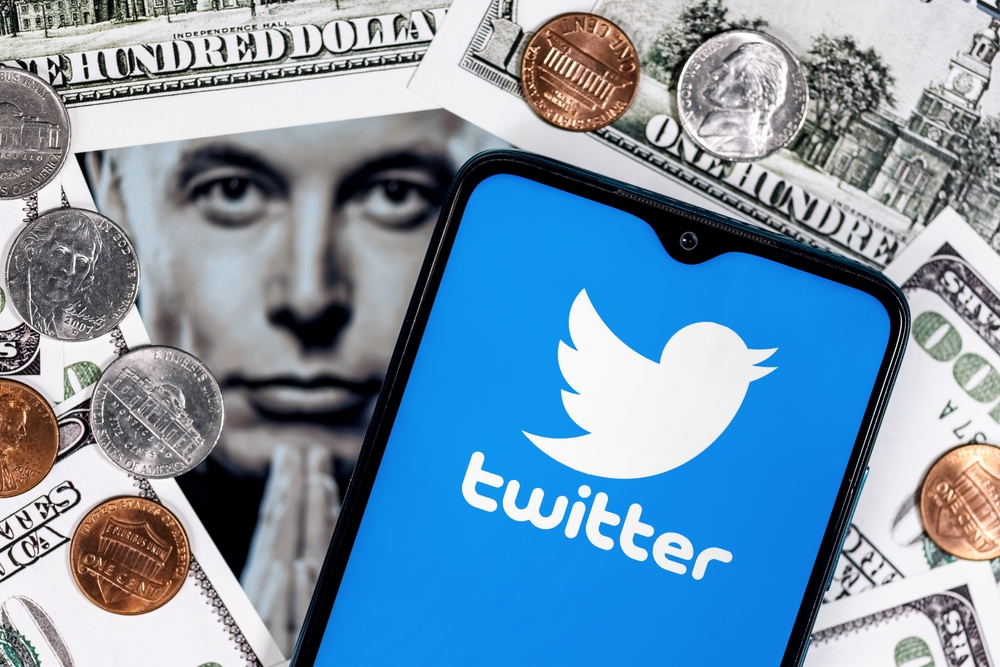
Elon Musk, the visionary behind Tesla and SpaceX, wasn’t always the wealthy entrepreneur we know today. Back in 2008, both companies were on the brink of collapse. With Tesla struggling to produce cars and SpaceX facing rocket launch failures, Musk had to invest his last $35 million to keep his dreams alive. According to an interview with Elon Musk on YahooFinance, this period was the most difficult in his life, where he had to choose between his companies and avoid going completely bankrupt.
Fortunately, his perseverance paid off. Tesla received investment and government support, pulling it back from the edge, while SpaceX achieved a successful launch. Musk’s vision and tenacity turned his companies into industry leaders, forever changing the landscape of electric vehicles and space exploration. Today, Musk is one of the wealthiest individuals on the planet, with ambitions that extend to colonizing Mars. His story reminds us that failure is just a stepping stone to success if we’re willing to learn and adapt.
2. Donald Trump: The Art of the Comeback
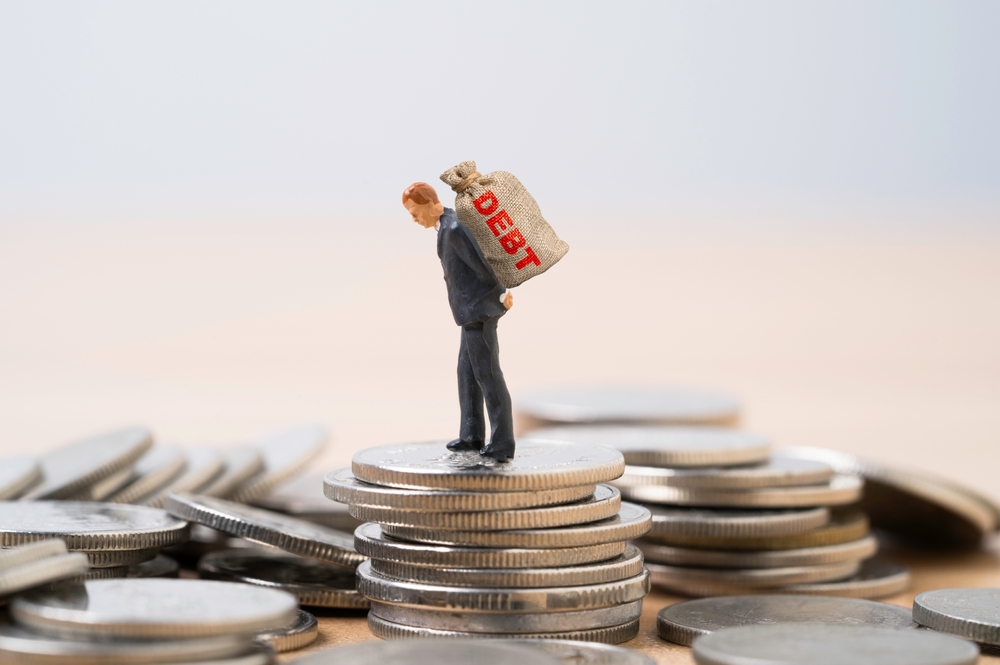
Donald Trump, a name synonymous with real estate and reality TV, is no stranger to financial upheaval. According to The New York Times, the Trump Organization faced massive debts in the early 1990s due to over-leveraged casino investments. Trump’s empire was crumbling with over $900 million in personal debt, and bankruptcy was looming. However, Trump managed to negotiate with banks, famously leveraging his personal brand to restructure his debt.
By selling assets and securing favorable terms, Trump successfully avoided personal bankruptcy and began rebuilding his fortune. His story showcases his skills in negotiation and branding, principles he later shared in his book, “The Art of the Comeback.” Trump went on to host the successful TV show “The Apprentice,” further restoring his financial status and public persona. Love him or hate him, Trump’s ability to rebound from near-bankruptcy is a testament to his business acumen.
3. Henry Ford: The Road to Automotive Success

Before pioneering the modern assembly line, Henry Ford faced significant business setbacks. According to Ford, its first venture, the Detroit Automobile Company, went bankrupt in 1901 after producing only a few low-quality vehicles. Undeterred, Ford formed the Henry Ford Company, which also quickly dissolved due to internal disputes. However, these early failures provided Ford with crucial insights into what makes a car company successful.
In 1903, he founded the Ford Motor Company, which would revolutionize the automobile industry. The introduction of the Model T in 1908, along with the development of the assembly line, made cars affordable for the masses and established Ford as a dominant force. His journey underscores the importance of innovation and learning from early mistakes. Ford’s story is a classic example of how initial failures can lay the groundwork for future success, as he became one of the most influential figures in industrial history.
4. Walt Disney: Creating Magic After Bankruptcy

Walt Disney, the creative genius behind the Disney brand, experienced bankruptcy before creating his magical empire. In the early 1920s, Disney launched Laugh-O-Gram Studio, which quickly went bankrupt due to poor financial management and the studio’s inability to sustain itself with limited resources. Despite this setback, Disney was determined to bring his animated dreams to life.
After relocating to Hollywood and starting anew with his brother Roy, Disney found success with the creation of Mickey Mouse. This led to the establishment of the Disney Brothers Studio, which eventually became the powerhouse known as The Walt Disney Company. The introduction of synchronized sound with “Steamboat Willie” was a groundbreaking achievement that set Disney on the path to global success. His journey illustrates how a blend of creativity, perseverance, and a willingness to take risks can lead to extraordinary outcomes.
5. George Foreman: From Bankruptcy to Brand Mogul
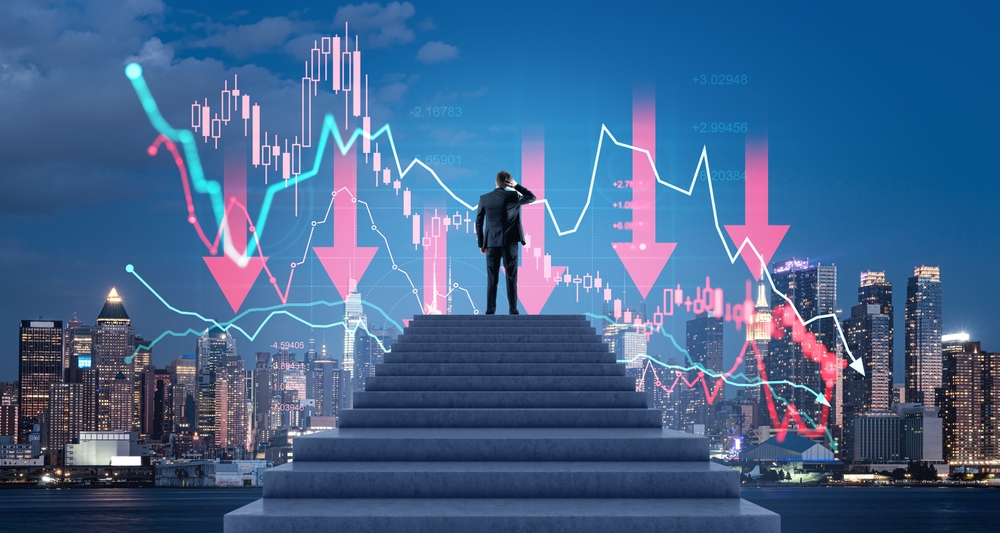
George Foreman, known for his prowess in the boxing ring, faced financial difficulties after retiring from the sport. Despite earning substantial purses in his boxing career, poor investments and extravagant spending led him to financial ruin. In a quest to regain his financial footing, Foreman returned to boxing in the late 1980s, winning a comeback fight that reignited his career.
However, his true financial redemption came from an unexpected source—his association with the George Foreman Grill. By endorsing this kitchen appliance, Foreman tapped into a lucrative market, earning a fortune far surpassing his boxing earnings. The grill’s success turned Foreman into a brand mogul, demonstrating his versatility and business acumen. His story is a powerful reminder that reinvention and seizing new opportunities can lead to renewed success.
6. Larry King: Reinventing After Financial Collapse
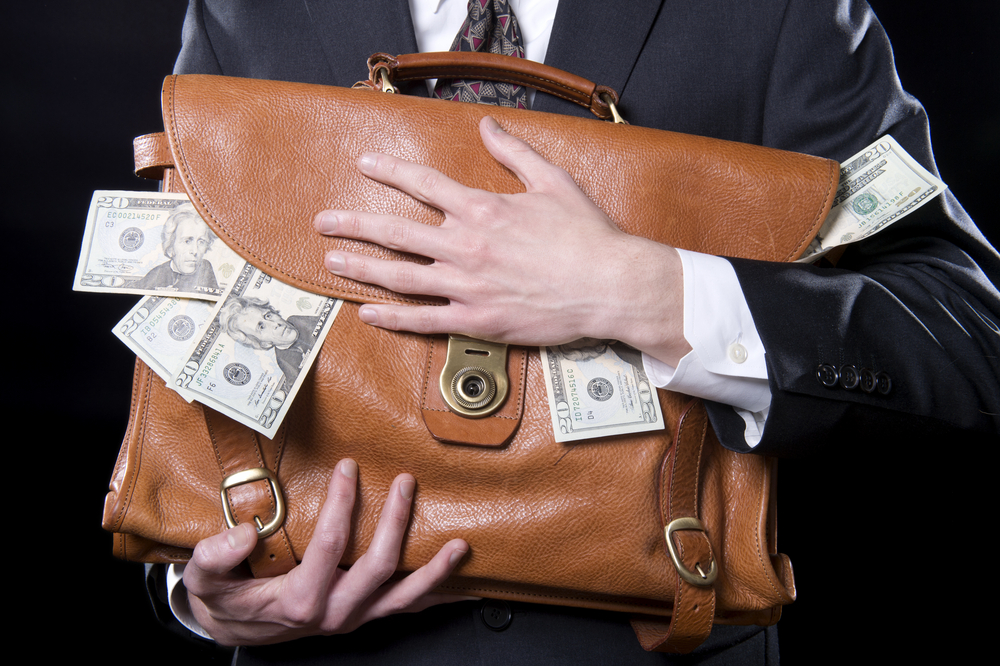
Larry King, the legendary talk show host, faced bankruptcy early in his career due to a combination of financial mismanagement and legal troubles. In 1978, King declared bankruptcy after accruing significant debt, primarily from unpaid bills and legal fees. Despite this setback, King was determined to revive his broadcasting career, which he did by joining the Mutual Broadcasting System.
His persistence paid off when he landed his iconic show, “Larry King Live,” on CNN in 1985. The program became a major success, establishing King as a leading figure in the world of television news and interviews. Through his resilience and talent, King overcame his financial woes and secured his place in broadcasting history. His recovery illustrates that even in the face of overwhelming odds, dedication to one’s craft can lead to extraordinary achievements.
7. Milton Hershey: Sweet Success After Failure

Milton Hershey, the mastermind behind Hershey’s chocolate, wasn’t always a successful entrepreneur. Before creating his chocolate empire, Hershey faced multiple business failures, including two candy companies that went bankrupt. Undeterred, Hershey persevered by continuing to hone his confectionery skills and seeking innovative ways to improve his products.
In 1900, he finally found success with the Lancaster Caramel Company, which he sold for a substantial sum, allowing him to focus on chocolate production. The launch of Hershey’s milk chocolate bars revolutionized the chocolate industry, making them accessible to the masses and establishing the Hershey Company as a dominant force. His journey is a testament to the power of persistence and the importance of learning from past mistakes. Hershey’s story demonstrates that even after repeated failures, success is possible with the right combination of vision and determination.
8. Robert Kiyosaki: Financial Guru from Bankruptcy
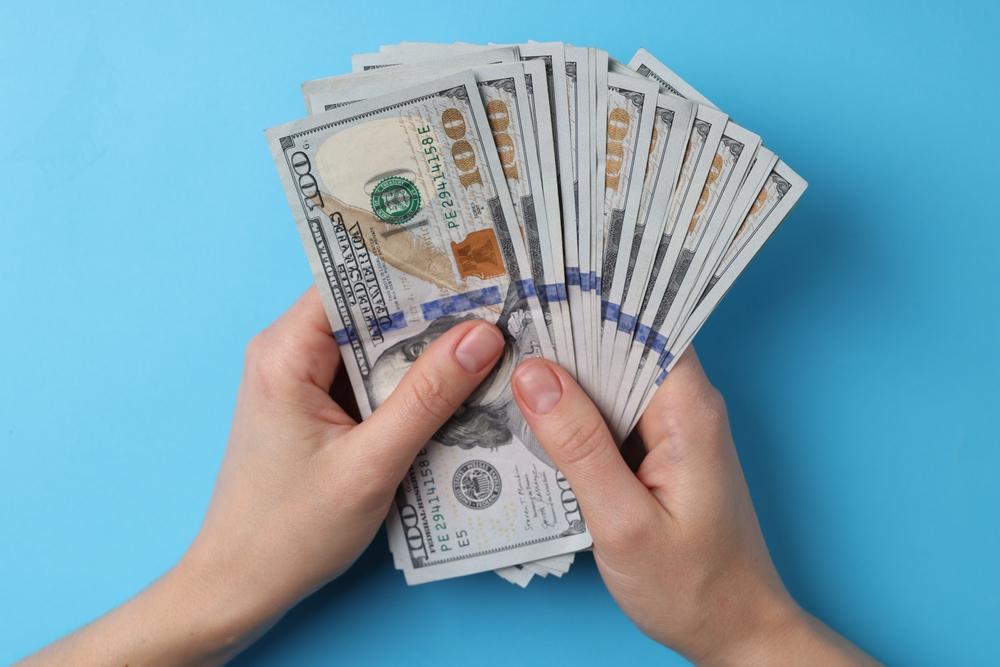
Robert Kiyosaki, best known for his book “Rich Dad Poor Dad,” experienced financial turmoil before becoming a renowned financial educator. In the early 1980s, Kiyosaki’s first business venture, which sold Velcro wallets, went bankrupt due to poor financial management and a saturated market. This failure left him deeply in debt and struggling to make ends meet.
Instead of giving up, Kiyosaki turned to education, learning from his financial missteps and developing a passion for teaching others about money. He authored “Rich Dad Poor Dad,” which became a global bestseller and catapulted him into the limelight as a financial guru. Kiyosaki’s ability to transform his financial failure into a platform for teaching others highlights the importance of resilience and using personal experiences to drive future success. His story emphasizes that setbacks can serve as powerful learning experiences and stepping stones to prosperity.
9. Sam Walton: Building an Empire After Bankruptcy
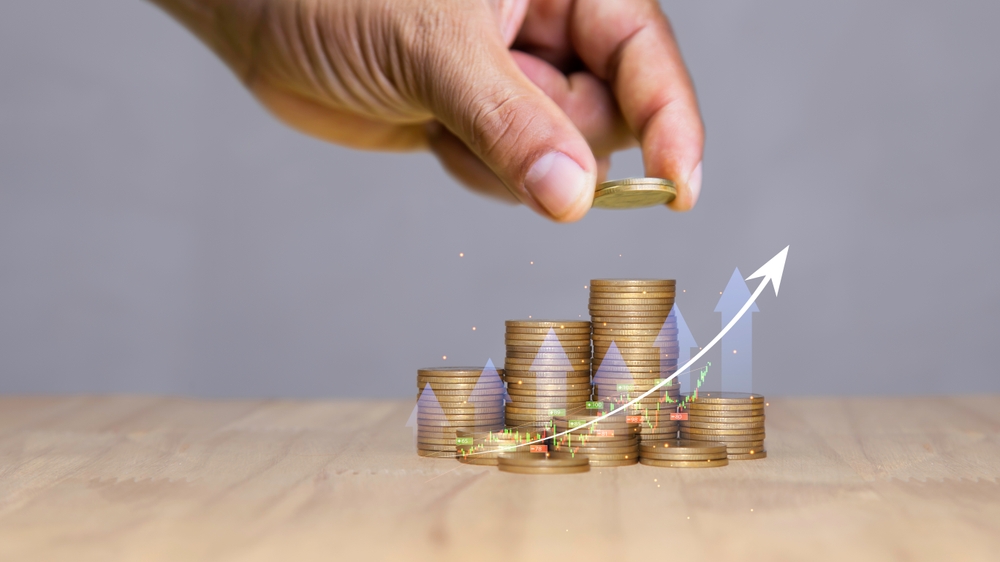
Sam Walton, the founder of Walmart, faced significant financial challenges before creating what would become the world’s largest retail empire. Early in his career, Walton experienced a major setback when his first store, a Ben Franklin franchise, was forced to close due to an unforeseen lease issue. Despite this early failure, Walton was determined to pursue his retail dreams.
In 1962, he opened the first Walmart in Rogers, Arkansas, with a focus on providing low prices and excellent customer service. His innovative approach to retail, including using technology to streamline operations and focusing on rural markets, paved the way for Walmart’s growth into a global retail giant. Walton’s ability to learn from his initial failure and adapt his strategies was crucial to his eventual success. His story underscores the importance of perseverance and a willingness to innovate in the face of adversity.
10. Steve Jobs: Resurrecting Apple from the Brink

Steve Jobs, the iconic co-founder of Apple, is a quintessential example of rising from failure to achieve monumental success. After being ousted from Apple in 1985, Jobs faced a personal and professional crisis, leading to the start-up of his own ventures, including NeXT and Pixar. While NeXT struggled initially, Pixar became a phenomenal success, producing groundbreaking animated films like “Toy Story.”
Jobs’ journey took a pivotal turn when Apple acquired NeXT in 1997, bringing him back to the company he co-founded. His return marked the beginning of Apple’s renaissance, leading to the development of revolutionary products such as the iMac, iPod, and iPhone. Jobs’ story is a powerful testament to the impact of creativity, vision, and resilience in overcoming setbacks and transforming industries. His legacy continues to inspire generations of entrepreneurs to embrace innovation and challenge the status quo.
This article is for informational purposes only and should not be construed as financial advice. Consult a financial professional before making investment or other financial decisions. The author and publisher make no warranties of any kind.








